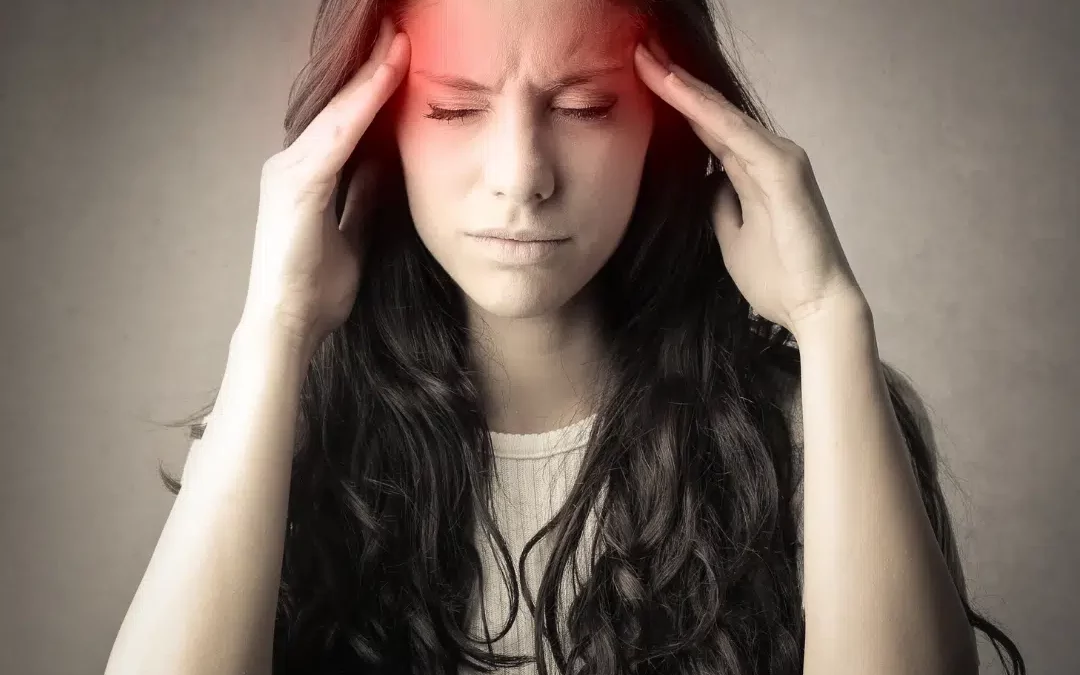A Common Problem
Have you experienced a headache after sitting for too long on a computer or when you first wake up in the morning? Do you have sensitivity to light or noise, which then results in a headache?
Then you are most likely suffering from one of three types of headaches. These types are: cervicogenic, tension-type, and migraines.
By way did you know that headaches are one of the most common pain conditions in the world? In fact, the Cleveland Clinic reports that 75% of adults worldwide experienced a headache in the last year. Headaches can significantly impact a person’s life, affecting school, work, and recreational activity.
Causes of Headaches
Cervicogenic headaches originate from the structures in the cervical spine (neck) and can radiate to the side/ front and or back of the head. Individuals suffering from these types of headaches can be the result of prolonged positioning/postures, stiffness in the joints, tightness in the soft tissue and/or even nerve irritation. They are non-throbbing and usually start in the neck. Cervicogenic headaches can last from a few hours to weeks with varying intensity. Symptoms can be similar to migraines but mild without the sensitivity to light and noise.
Tension-type headaches (TTH) are usually dull and they occur on both sides of the neck vs one sided. TTH is thought to be the most common type of headache. There can be multiple triggers for these types of headaches, however involvement of neck movement is atypical. These headaches can last from days to weeks. There are two categories of tension-type headaches: episodic and chronic. Episodic TTH can last from 30 minutes to a week. Chronic TTH can last hours and may be continuous. If your headaches occur 15 or more days a month for at least three months, they’re considered chronic.
Migraines are another type of headache people can often experience. Migraine can be divided into migraine with aura and migraine without aura. An aura are disturbances which can include flashes of light, blind spots, and other vision changes or tingling in your hand or face. A migraine with aura is also known as a “classic aura”. Migraines typically occur in the front of the head, around the eyes or around the temporal regions in your head. These headaches are short lasting (4-72 hours) with symptoms of sensitivity to light or noise and sometimes nausea and vomiting.
Lastly headaches can be related to problems with the temporomandibular joint or TMJ. The TMJ and neck work together and should be evaluated together in patients complaining of headaches. Oftentimes, poor posture, weak and tight muscles, and limited mobility affect the TMJ, commonly resulting in jaw pain as well as headaches.
Management of Headaches
Tension-type and cervico-genic headaches are often addressed by Physical Therapy which is considered the most common non-pharmacological treatment. This would include cervical exercises, manual therapy, and postural retraining that assists in reducing pain or the intensity of the headaches.
Manual therapy can include mobilization of soft tissue or joints of the cervical (neck) and thoracic (upper back) spine, as well as TMJ. Sub-occipital release is another technique used to reduce tightness in the suboccipital muscles (the muscles just below the base of your head). These muscles provide postural support and allow extension and rotation movement of the neck. This is a key intervention in reducing forward head postures. Stretching taut muscle fibers and trigger point therapy are also effective in lengthening associated muscles and connective tissue. Manipulation to the cervical and mid-thoracic spine and TMJ is a common approach to improve mobility.
In addition to manual therapy, increasing strength and endurance to the deep neck flexor muscles is key. Postural exercises to retrain the upper back muscles are also important to reduce recurrence of headaches during the day. It is a vital functional status of the neuromuscular system. Exercises provided by your therapist will focus on the correct position of the scapula and maintain muscle coordination in order to relax muscle tightness. Tight muscles of the neck, TMJ, and shoulder can often lead to headaches. Your physical therapist can also educate you on proper ergonomics during sleeping and sitting that will alleviate the stress on your upper cervical spine.
Pharmacological treatments are most common for migraine headaches, although physical therapy can also be helpful as part of the overall treatment.
What Do I Do If I Am Experiencing Headaches?
We discussed three common types of headaches that can be successfully treated with physical therapy, however, it is important to understand that there are many different types of headaches. Some headaches can be a sign of a more serious condition, such as a stroke or tumor inside the head. If you are experiencing a headache that is “the worst headache ever” or a headache that is constant and worsening, you should seek immediate medical attention.
For cervicogenic, tension, and migraine headaches that may be stemming from poor posture such as prolonged sitting, driving, or sleeping positions, a few simple steps may be helpful.
- Take a break from prolonged positions and move your head side to side and up and down. Stretching your neck and rolling your shoulders backward can also be helpful as well as short walks. These movements can address any stiffness or pain that you may experience from prolonged positions.
- A heating pad or a warm/hot shower can help loosen tight muscles and relieve pain.
- Make changes to your pillow: how many you use and/or the height of your pillows
- Give us a call at Specialized Physical Therapy to schedule a consultation with one of our Doctors of Physical Therapy. Cherry Hill: 856-424-0993/Burlington: 609-880-0880.



